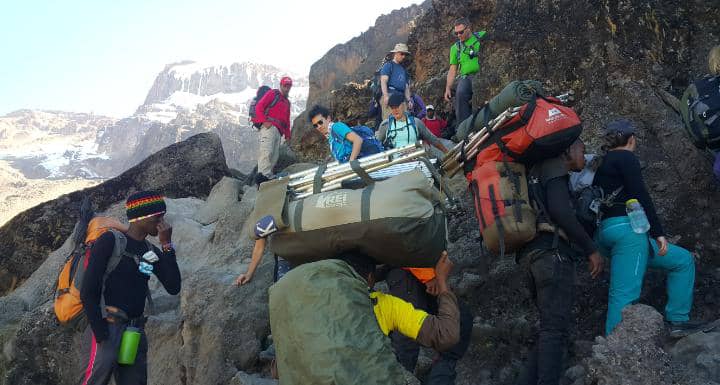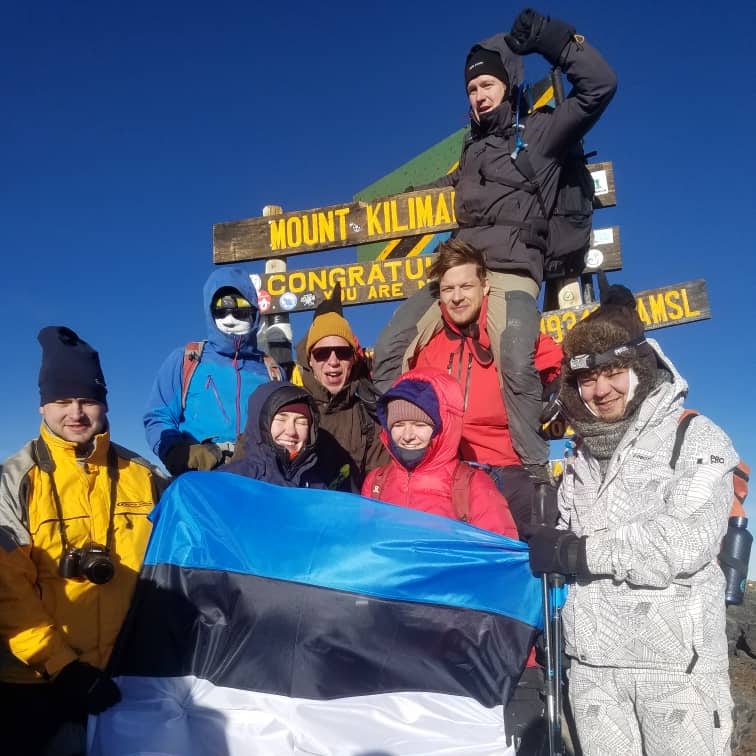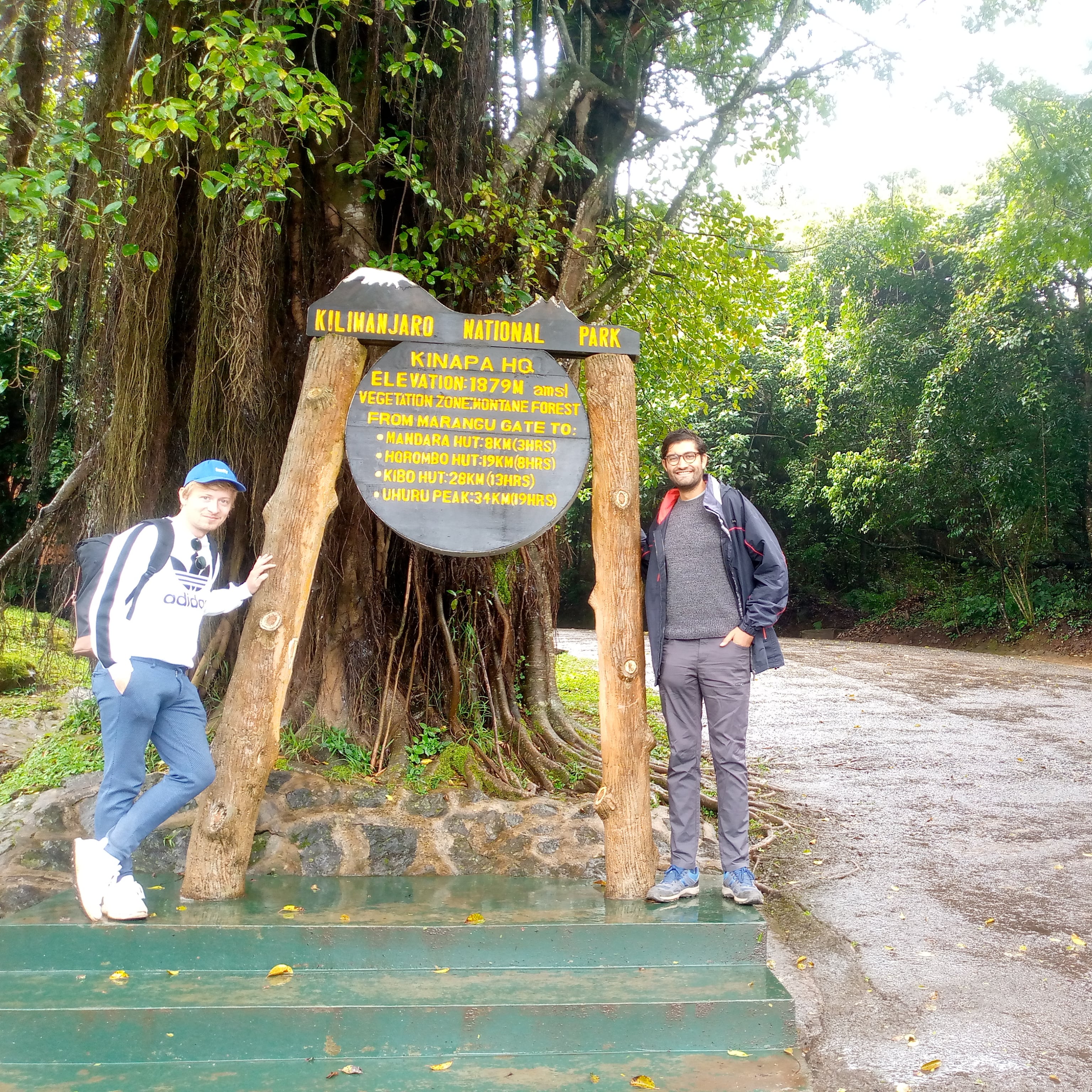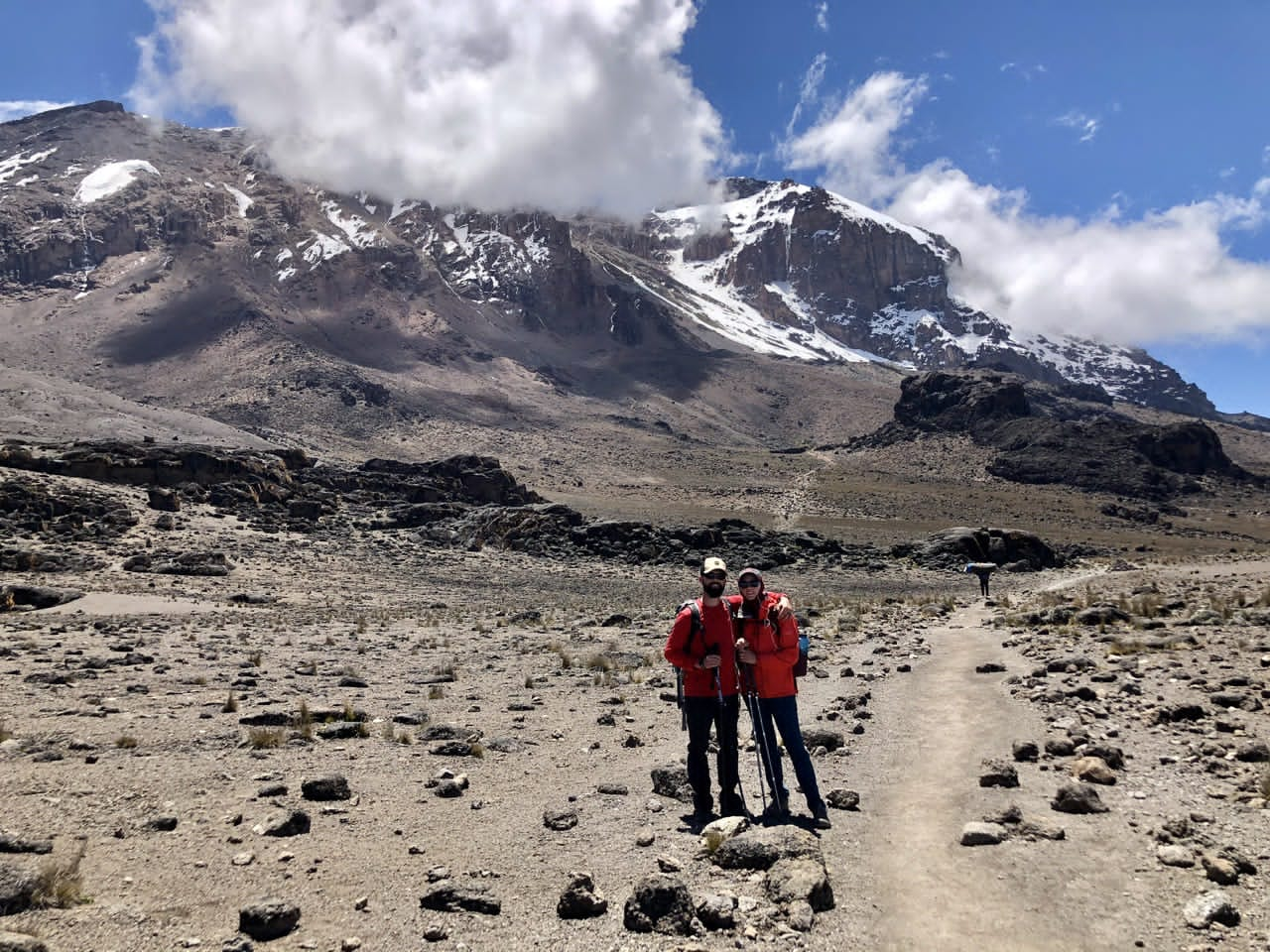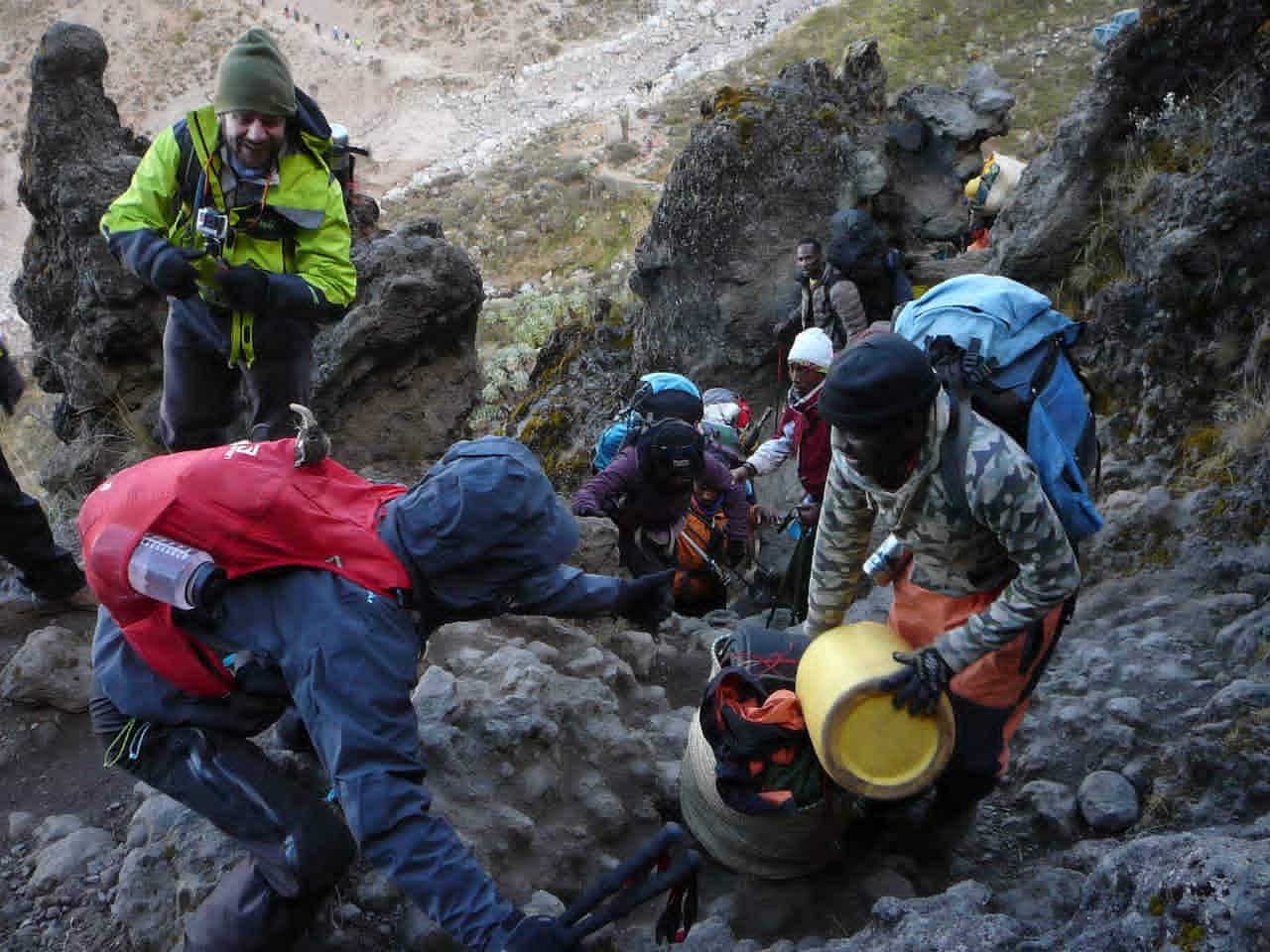Climb Mt.Kilimanjaro 6 Days Machame Route Overview.
The Machame Route is the second most popular trail for summiting Mount Kilimanjaro, following the Lemosho Route. It approaches the mountain from the south, starting with a short drive from Moshi to the Machame Gate. The route ascends through Machame Hut and Shira Cave, offering stunning views and unique landscapes. The journey continues northeast, climbing high to Lava Tower at 4,600 meters before descending into the picturesque Barranco Valley, one of the most scenic spots on the trail.
The challenging Barranco Wall is tackled next, leading to the Southern Circuit, which passes through Karanga Camp and ends at Barafu Hut, the base camp for the summit attempt. For a 6-day Machame trek, we will skip Karanga Hut, which is typically used for an extra day and night of acclimatization. Instead, we will continue directly from Barranco Hut to Barafu Hut, which can be a challenging day and may make it harder for climbers to reach Uhuru Peak, the ultimate destination for most climbers.
The summit push begins in the early morning hours from Barafu, often timed with the full moon for added visibility and beauty. This section is both the coldest and windiest of the journey, but as the sun rises, the trek becomes more manageable. After reaching the summit, climbers will descend back to Barafu and then follow the Mweka Trail to Mweka Hut, marking the beginning of the end of this incredible adventure. For a complete itinerary and details for the 6-day Kilimanjaro climb via the Machame Route, click the link below.
DAY-1 : MOSHI TOWN TO MACHAME GATE.
Starting elevation 900m Moshi Town.
Ending elevation 1800m Machame Gate.
Altitude gain 900m.
Driving distance 35 km.
Driving hours 45min to 1 Hour.
In the morning, after breakfast, we will depart from Moshi and drive to the Kilimanjaro National Park Machame Gate. Upon arrival, we will complete the registration process for our Kilimanjaro trek.
This process may take some time as the team of guides, chefs, and porters organizes all the supplies and equipment needed for the seven-day trek. Fresh food resupplies will be brought in from town after three days on the mountain. During this time, you can enjoy your lunch and prepare for the adventure ahead. The preparation and registration process typically take 1 to 2 hours before we begin our trek.
MACHAME GATE TO MACHAME HUT
Starting elevation 1800m Machame Gate
Ending elevation 3000m Machame Hut
Altitude gain today 1200m
Trekking distance 13kms
Walking hours 5-6 hours
Overnight hut Machame hut
Elevation Zone Rainforest/MontaneForest.
Once the team and registration are complete, we will begin our trek, crossing through the lush and dense rainforest. Along the way, you'll encounter towering eucalyptus trees, vibrant birdlife, and playful colobus monkeys. The trail is also adorned with beautiful flowers, including Impatiens kilimanjari and Impatiens pseudoviola, adding a burst of color to the verdant scenery.
There is a chance of rain in this section of the rainforest, which can make the trail muddy and slippery. Gaiters and trekking poles will be helpful in navigating these conditions. While shorts and T-shirts may be comfortable to wear, it's essential to keep your rain gear and warmer clothing easily accessible for changing weather conditions.
DAY-2 : MACHAME HUT TO SHIRA CAVE CAMP
Starting elevation 3000m to Machame Hut
Ending elevation 3720m to Shira Cave Camp
Altitude gain today to 720m
Trekking distance 7kms
Walking hours 4-5 hours
Overnight hut Shira Caves
Elevation Zone Heather and Moorland
After breakfast, the team will leave the rainforest behind at Machame Hut and ascend through the heather and moorland zone. The trail climbs up a steep rocky ridge toward Shira Cave, offering stunning views of Kilimanjaro's great western breach and its glaciers.
Today's path is narrow, steep, and dusty, passing through landscapes dotted with moorland lobelias, gladiolas, Senecio kilimanjari, and the distinctive dark obsidian rock formations.
At Shira Cave Camp, the night will be much colder than the previous one, with temperatures often dropping well below freezing. Be sure to add extra layers or ensure your sleeping bag is adequate to stay warm and get a good night’s sleep.
DAY-3 : SHIRA CAVE CAMP TO BARANCO CAMP
Starting elevation 3720m Shira Cave Camp
Acclimatization point 4600m Lava Tower Camp
Ending elevation 3920m Baranco Camp
Altitude gain today 980m
Trekking distance 10kms
Walking hours 6-7 hours
Overnight hut Baranco Camp
Elevation Zone Moorland and semi-desert zone
From Shira Cave, the team will continue east, ascending a steep and rocky trail toward Lava Tower Camp at 4,600m. Today’s trek is longer and can be challenging for some climbers.
Lava Tower, a towering volcanic formation left after ancient glaciation, marks a significant milestone. At this altitude, some climbers may experience symptoms of acute mountain sickness, such as breathlessness, irritability, and headaches. However, after reaching Lava Tower and enjoying lunch, we will descend approximately 680m to Barranco Camp, which helps with acclimatization after experiencing the higher altitude.
Barranco Camp is known as the most scenic campsite on Mount Kilimanjaro, offering breathtaking views and incredible photographic opportunities. This large, iconic camp serves as a junction for four major routes—Machame, Lemosho, Shira, and Umbwe—that converge on the path to the summit. From here, some groups will continue to Karanga Hut, while others will head to Barafu Hut at 4,600m. Reaching Barranco is not just a reward for the day’s efforts but also a critical step for climbers to acclimatize effectively and prepare for the next stages of the trek.
DAY-4 ; BARRANCO CAMP TO BARAFU HUT
Starting elevation 3920m Baranco Camp
Via karanga hut 4000m lunch break
Ending elevation 4600m barafu hut
Altitude gain today 680 m
Trekking distance 10 km
Walking hours 5-8 hours
Overnight hut barafu Camp
Elevation Zone Moorland and Alpine Desert zone
Today’s walk will be tough and long, but the enjoyable afternoon views will make it worthwhile. We begin by tackling the hardest part of this stage: the Barranco Wall. This section involves a bit of rock climbing and may look intimidating at first, but as you approach, you'll find that it offers many zigzag paths that make the ascent easier. It is also commonly referred to as the “Breakfast Wall” since climbers typically tackle it shortly after breakfast.
Once we reach the top of the Barranco Wall, we will find ourselves above the clouds, rewarded with breathtaking views of the Heim and Kersten glaciers, along with stunning landscapes. The remainder of today’s trek from the top of Barranco Wall becomes a bit easier, although it still involves several ups and downs.
As we walk along the ridge, you can experience the beautiful contrasts between desert and vegetation. We will eventually reach Karanga Camp at 3,920 meters, where we will stop for lunch before continuing on to Barafu Camp at 4,600 meters. There is no acclimatization day on the 6-day Machame route. After arriving at Barafu Camp, we will take a short break after dinner before the team wakes you up to prepare for the summit attempt at midnight.
DAY-5 : BARAFU CAMP TO SUMMIT BACK TO BARAFU CAMP
Starting elevation 4600m Barafu Camp
Via Stella elevation 5720m Stella point
Ending elevation 5895m UHURU PEAK
Altitude gain today 1295m
Trekking distance 5-7kms
Walking hours 6-8 hours
Elevation Zone desert zone ice-capped summit
The climb from Barafu Camp (4,600m) to Stella Point (5,720m) is the most mentally and physically demanding section of your Kilimanjaro trek. This leg of the journey typically begins at midnight, under the clear, starlit sky. Despite the difficulty, reaching Stella Point will bring an overwhelming sense of accomplishment—this is the moment when you truly feel that it’s "Kilimanjaro time."
The ascent to Stella Point is long and challenging, but once there, you’ll know the hardest part is behind you. Stella Point marks the top of the crater ridge, but it is not the ultimate summit of Kilimanjaro. From here, Uhuru Peak (5,895m), the mountain’s highest point, is within reach.
The trek from Stella Point to Uhuru Peak takes an additional 45 minutes to 1 hour, and this stretch is significantly easier. Standing at Uhuru Peak, you’ll revel in the incredible achievement of climbing the highest free-standing mountain in the world and the "Roof of Africa." This is the moment to take in the panoramic views, capture memorable photos, and savor your success—but not for too long, as acute mountain sickness (AMS) can occur at these extreme altitudes. A stay of 10 to 15 minutes is recommended before starting your descent.
Descending from Uhuru Peak back to Barafu Camp typically takes 2-3 hours, where you’ll have a short break to rest and recover. Afterward, you’ll continue downhill to Mweka Hut for the night, officially beginning your descent from the mountain. This remarkable day will remain etched in your memory as the pinnacle of your Kilimanjaro adventure!
BARAFU CAMP TO MWEKA CAMP
Starting elevation 4600m Barafu Camp
Ending elevation 3100M Mweka Camp
Altitude Lost today 1500m
Trekking distance 7kms
Walking hours 3-4 hours
Overnight hut Mweka Camp
Elevation Zone moorland and alpine-desert zone
After a well-deserved rest and lunch at Barafu Camp, the descent continues to Mweka Hut (3,100m). The journey transitions through diverse ecological zones, moving from the stark alpine desert and heath zones into the lush greenery of the rainforest. Along the way, you’ll pass through Millennium Camp (3,770m), a brief stop before entering the rainforest.
This day is one of the longest and most demanding, with approximately 16 hours of trekking, beginning at midnight with the summit push. The combination of fatigue and steep downhill walking makes it a test of endurance, but for those who reached the top, it will feel undeniably worth the effort. The views, the sense of accomplishment, and the memories created make it a life-changing experience.
Point to Note: The descent from Millennium Hut to Mweka Hut is quite steep and can be challenging, especially for those with knee issues. However, by maintaining a slow and steady pace, even those with knee concerns can make it to the Mweka campsite safely. Once at Mweka Hut, you can finally relax and share stories of your triumphs with fellow climbers. This is a chance to unwind and reflect on the incredible journey. The hardest parts are behind you, and now, you're preparing for the final descent the next morning. This day marks a major milestone, showcasing your determination and resilience. You've done it – the summit has been conquered!
DAY-6 : MWEKA CAMP TO MWEKA GATE TO MOSHI TOWN
Starting elevation 3100M Mweka Camp
Ending elevation 1820M Mweka Gate
Altitude Lost today 1280m
Trekking distance 8kms
Walking hours 2-3 hours
Overnight hut Moshi Town
Elevation Zone Rain forest zone
The big day has arrived! After seven days of trekking without a shower, everyone is eagerly anticipating the long-awaited hot showers. As you continue your walk, you’ll pass through the lush rainforest, home to diverse species of monkeys and the endemic Impatiens Kilimanjari flowers.
Upon arrival at the Mweka Gate, all climbers will be required to sign out, marking the official end of the trek. For those who successfully reached the summit, there will be a well-deserved certificate of completion to commemorate the achievement. Green Certificates are awarded to climbers who reach Stella Point (5,685m). Gold Certificates are awarded to those who stand at the summit of Uhuru Peak (5,895m), the highest point on Mount Kilimanjaro and the entire African continent.
After receiving your certificate, you'll be driven back to your hotel in Moshi or Arusha, where you can finally enjoy that long-awaited hot shower and a well-deserved celebration. This is also a great time to express your appreciation to the team by handling tips for the guides, chefs, and porters who supported you throughout the climb.
From here, we will assist you with plans for your next destination, whether it's heading to the airport for your return flight or embarking on an exciting safari tour to explore more of Tanzania’s breathtaking natural wonders. The adventure doesn’t have to end here—there’s so much more to discover in this beautiful country!
The tourist will have to pay $2135.00(P/P) price based on 2 person include the following services as it listed on the table below. for any query please call us or send us a message for clarifications from our team. Book This Package Now
SERVICES WE OFFER FOR KILI TREKKING
Airport pickup on arrival and return on departure time .
2 Nights hotels, meaning full one before climb and after climb.
All transfers to the mountain and back to Moshi town.
Professional, experienced, mountain guides, cookers, and porters
Guides, Porters, and Cooker salaries.
waterproof, four-season mountain sleeping tents (on twin sharing basis).
Sleeping Mattress.
Emergency Oxygen Cylinder.
Three meals on Mountain (breakfast, lunch, and dinner).
Purified or Boilled drinking water while on the Mountain.
Mess tents with tables and outdoor chairs.
VAT (18% ) and All government fees.
SERVICES WE NOT OFFER FOR KILI TREKKING
Tanzania Visa.
Hotels and Transfers (available as an optional add-on).
Personal trekking equipment such as sleeping bags, hiking boots, clothes, etc (available for rent in here Tanzania too; don't stress if you forget some of the trekking equipment).
Tips and gratuities (Recommended Tipping Amount Per Day; Head guide $20++; Ass.Guide $18++;, cooker $15++;, Summit Porter $12++;, Waiter $12++;,
Porter $10++;).
Portable flush toilet with the toilet tent as an add-on, please see we will need you to pay an extra 150$ per toilet.
Travel insurance.
Personal Expenses (e.g. laundry, telephone, beverages, etc.).
Meals not listed in the itinerary.
Liquors, beers, and bottled beverages.
Related Mount Kilimanjaro Best Routes Options
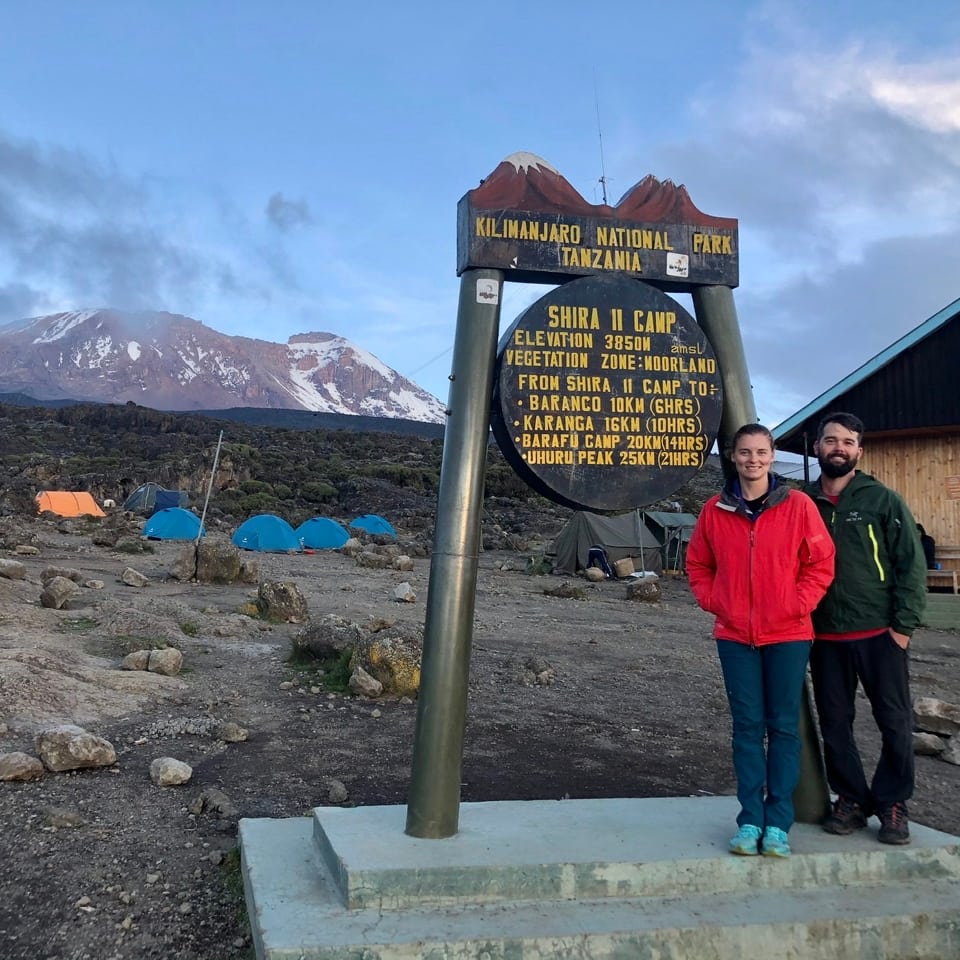
$2485.00(P/P)
Lemosho is extremely beautiful and offers a partly untouched landscape as well as varied flora and fauna. Also for the best successful climb.
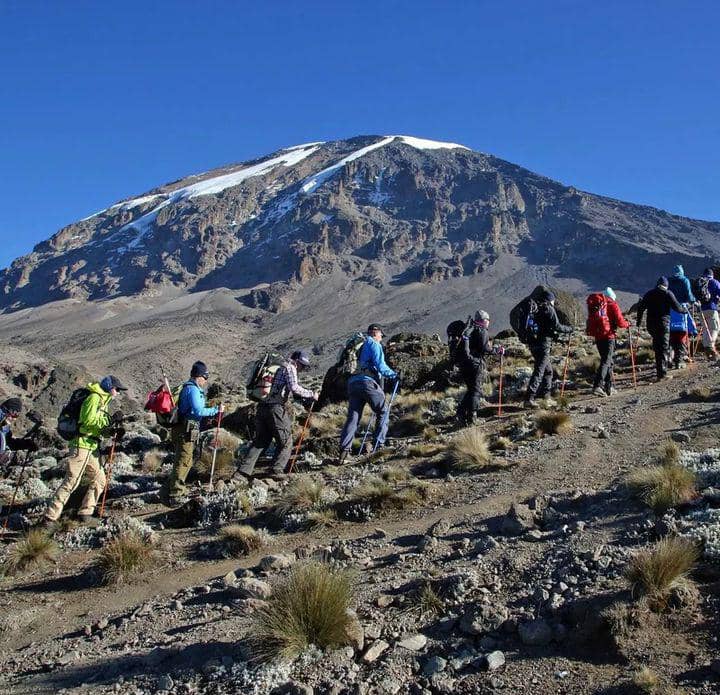
$2315.00(P/P)
Machame Route is the second most popular route to summit Mt.Kili after the Lemosho route, the route approaches from south-west.
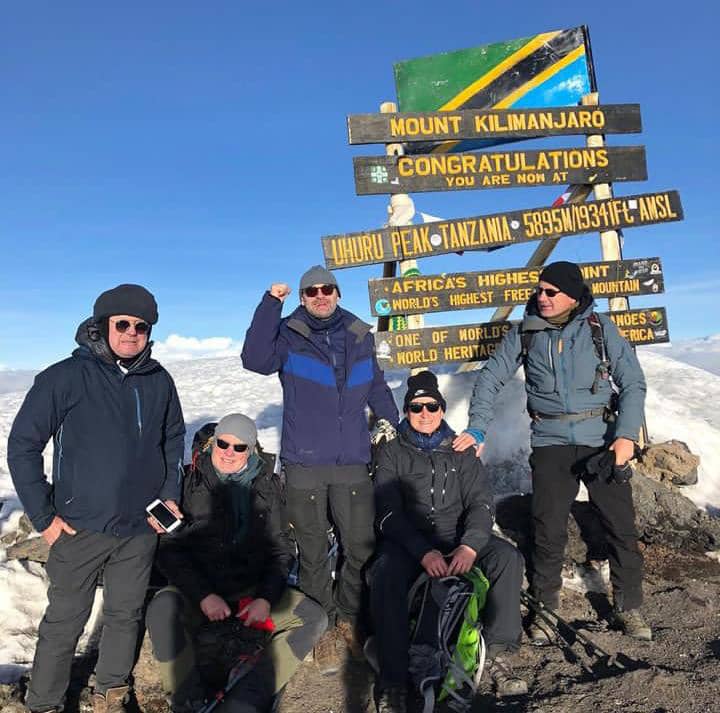
$1865.00(P/P)
Marangu route is widely known as a Coca-Cola route due to its easiest and comfortability, the only way offer hut and beds on the mountain.


